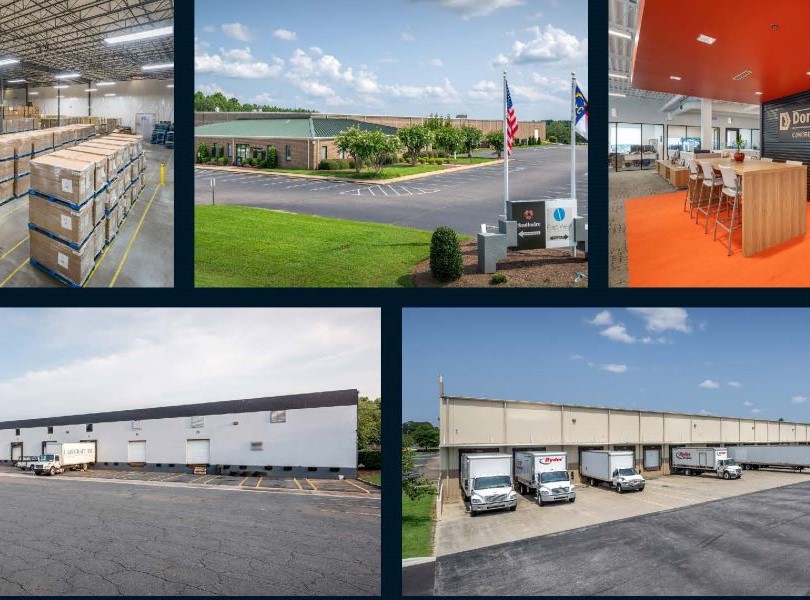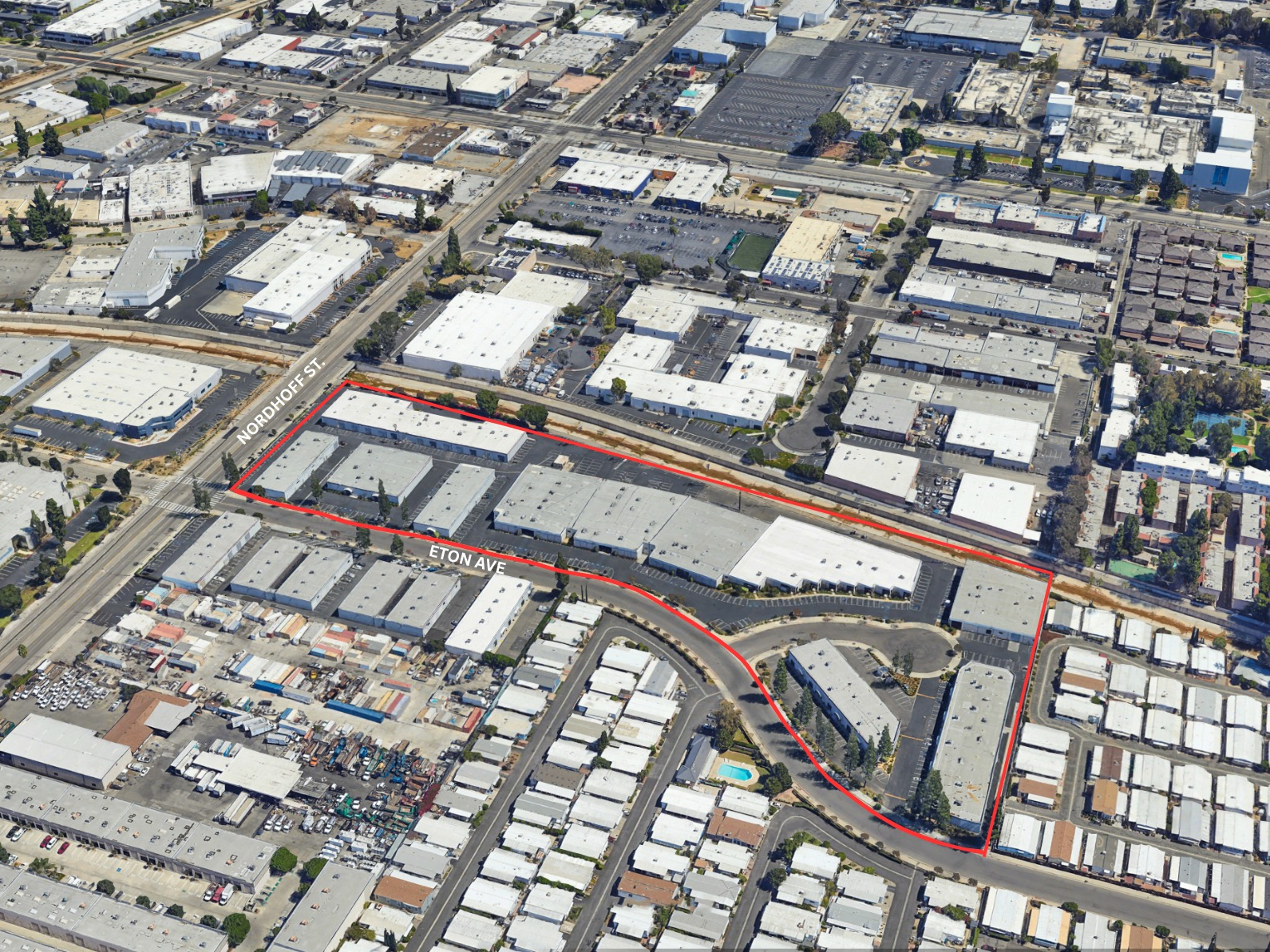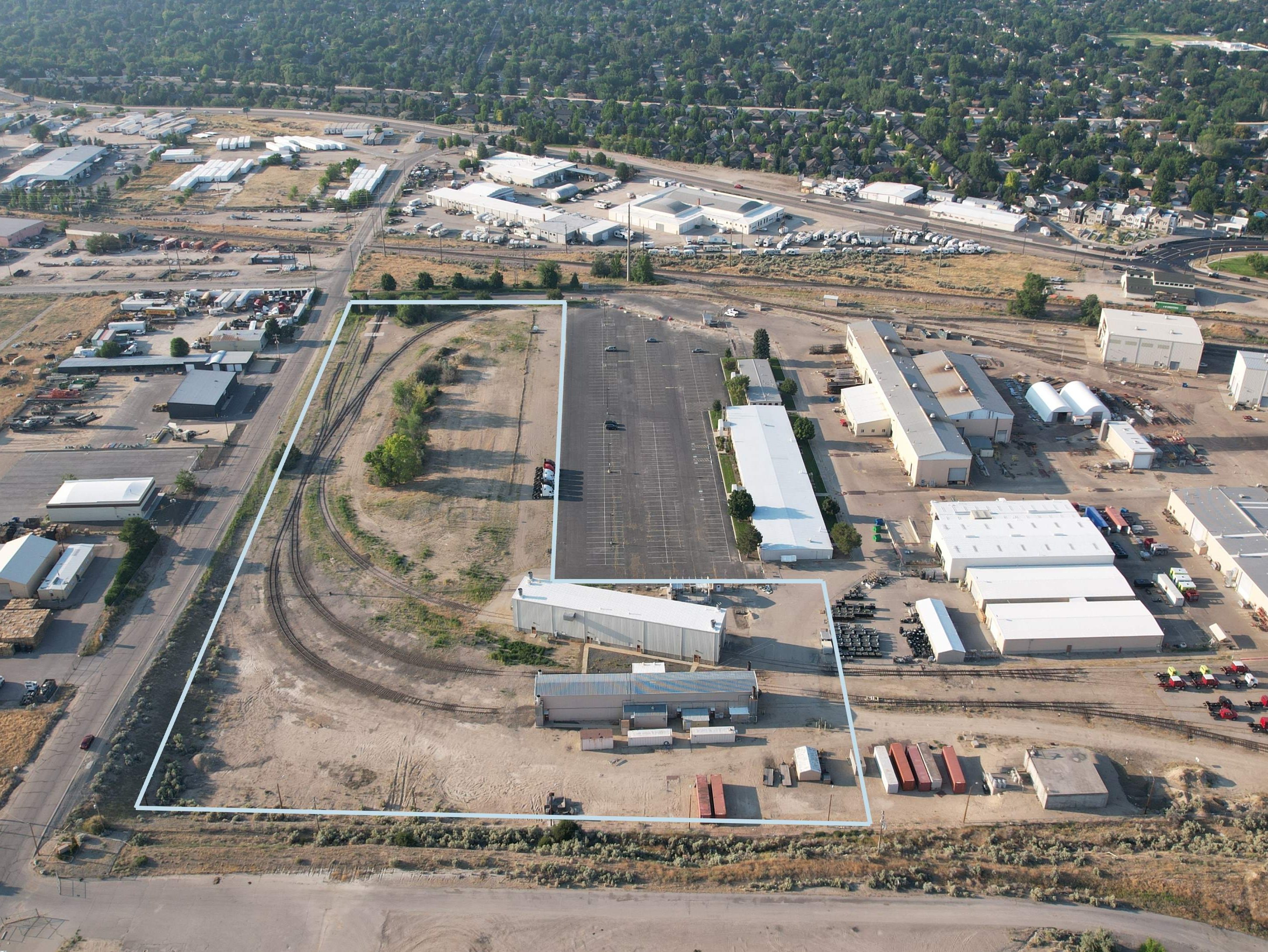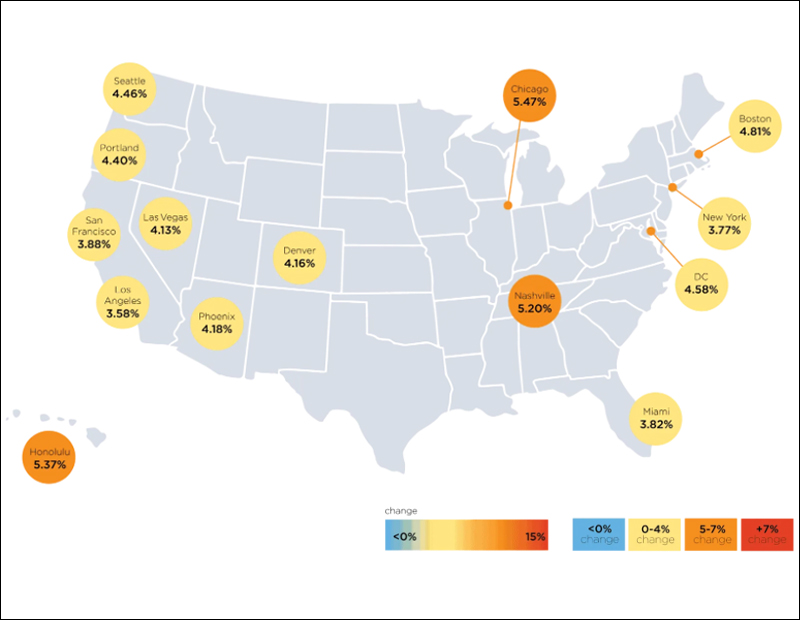The Fall and Rise of Proptech Investment
After taking a hit from the health crisis, the sector is back in expansion mode. Dave Harris Kolada of Greensoil PropTech Ventures weighs in.
The pandemic slammed proptech investment, which fell abruptly in 2020, but also changed the proptech landscape, mainly by boosting the popularity of safety tech related to the health issues.
Tech innovations, impact investing and corporate social responsibility pair seamlessly with the need to increase energy efficiency, promote carbon neutrality and raise climate resilience.
“Proptech is changing building and monitoring systems by creating technologies that increase efficiencies and track anomalies and waste. Beyond just ensuring buildings are run, heated and cooled more efficiently and effectively, proptech is also greening construction, while literally capturing carbon in the creation of concrete,” Dave Harris Kolada, managing partner at Greensoil PropTech Ventures, told Commercial Property Executive.
“When it comes to making offices safer and complying with the litany of new laws or raising revenue from increased efficiencies, we see profits and public service as intricately intertwined, not mutually exclusive,” he added. Harris Kolada discussed the state of the proptech industry following what has been (we hope) the worst of the health crisis’ impact.
READ ALSO: The Upsides, Challenges of CRE Fintech
Presently, what are the main drivers of proptech growth?
Harris Kolada: For property owners, users and investors, investing in proptech is generating energy expense savings and/or boosting net operating income. This is driving additional growth in the sector.
A decade ago, in 2011, 117 proptech firms attracted $1.1 billion in venture capital funding, according to JLL and Crunchbase. By 2018, those figures had grown to pre-pandemic peaks, including 932 proptech firms, and attracted $18.2 billion, before slumping somewhat in the thick of the COVID-19 pandemic.
Venture capitalists have led the way in driving proptech sector growth and helping it recover more recently, while unlocking the industry’s potential. All told, the proptech sector logged $32 billion in private investment alone in 2021, up 28 percent from 2020 and 3.2 percent from 2019, according to the Center for Real Estate Technology & Innovation’s 2021 Real Estate Tech Venture Funding report.
Property owners, meanwhile, continue looking for ways to find additional savings and income in a time of low interest rates and growing property values. In addition, they’re also trying to decrease downside risk from climate change and related regulatory changes. Proptech can help raise climate resilience by predicting and protecting against climate change-related events such as fires, floods and changes in air quality.
Finally, companies are using proptech to curtail costs and head off potential penalties at the pass, including fines for a lack of compliance with a growing patchwork of local and national laws and international goals. At least 16 states—or up to half of America, depending on how one counts—plus Puerto Rico and the District of Columbia, have adopted targets to reduce greenhouse gasses and address climate change. That total includes at least eight states with laws or executive orders requiring that buildings lower greenhouse gas emissions.
It appears that challenges in the real estate cycle accelerate the sector’s engagement. What ‘muses’ are presently inspiring innovation in the proptech market?

Dave Harris Kolada, Managing Partner, Greensoil PropTech Ventures. Image courtesy of Greensoil PropTech Ventures
Harris Kolada: The push to net-zero emissions, market momentum and Millennials are all driving proptech adoption. As more and more property and asset managers plow funding into proptech to address climate change, each investment helps fuel market momentum for innovation, lower costs and even more effective and profitable proptech.
A whole new generation of real estate industry participants—namely environmentally and socially conscious Millennials—are multiplying that momentum. They’re voting with their wallets, so to speak. From the vendors they choose to the building and service choices they make, they raise the bar on responsibility and accountability and they expect real estate companies to meet them.
Younger generations don’t just expect a smaller carbon footprint and lower greenhouse gas emissions for properties. They’re also far quicker to adopt mobile and high-tech solutions—from apps to seamless software solutions.
What are some of the most popular examples of proptech innovations originating from the pandemic?
Harris Kolada: The indoor-air-quality space is one of the hottest in proptech growth due to the pandemic. Reducing pollutants and pathogens, providing real-time particle recognition and remediation are attracting attention from commercial and residential property owners and users. Internet-connected, algorithm-driven, sensor-laden, automated air monitoring and purification products are increasing productivity and providing peace of mind with cleaner, fresher air.
Commercial or residential real estate? Which component of the real estate industry is more appealing to you from a proptech standpoint and why?
Harris Kolada: Both are equally appealing for proptech investment and innovation, but in terms of adoption, the residential real estate sector is still catching up to the investment and adoption gains made in commercial real estate. That’s the opportunity. Residential real estate will play a major role in driving proptech use in the coming years.
What criteria do you take into consideration when funding a project or company?
Harris Kolada: The best start-ups don’t find new problems to solve. They offer smart, elegant solutions to classic conundrums in new and novel ways. Good start-ups foster incremental change and offer accretive savings.
Given the real estate sector’s profitability, a little bit of savings goes a long way, so incremental improvements and ease of adoption—not “ingenious inventions”—often have the greatest potential for profits and changes. People who are serial entrepreneurs, team players and tech company operators capable of building relationships and selling innovative products are especially attractive.
What stands in the way of a faster expansion of the proptech market?
Harris Kolada: Pricing carbon will make a huge difference, whether that’s in regard to burning fossil fuels or emissions. From penalties to incentives, a combination of market forces, governments and regulators will act in concert to expand proptech.
We’re seeing shifts, including the internalization of external costs for fossil fuel combustion, the creation and adoption of new and different power sources and power plants, and better building systems. But a building that functions more cheaply with natural gas isn’t going to jump to electrification, and if the power plant is creating electricity with fossil fuel, then the overall goals aren’t being met.
READ ALSO: How Proptech Is Changing Energy Operations and Green Buildings
How stable is the proptech sector’s recovery, and what does 2022 look like for proptech investment?
Harris Kolada: The recovery in proptech investment is stable and here to stay. The pandemic disrupted nearly every aspect of our lives, but the long-term trend toward technology and digitization will continue. Proptech investment will remain strong in 2022, matching or bettering 2021, which was both a rebound and a record-setting year.
What factors will drive growth at startups in the coming years?
Harris Kolada: We cannot fully anticipate the evolution of technology, but rapid change continues apace, and we can expect new opportunities and tools that can be shaped for use in the built environment. Most people had not heard of blockchain and the metaverse only a few years ago. Our landscape will continue to shift and there will always be smart and energetic entrepreneurs seeking to harness new technology for new uses.








You must be logged in to post a comment.